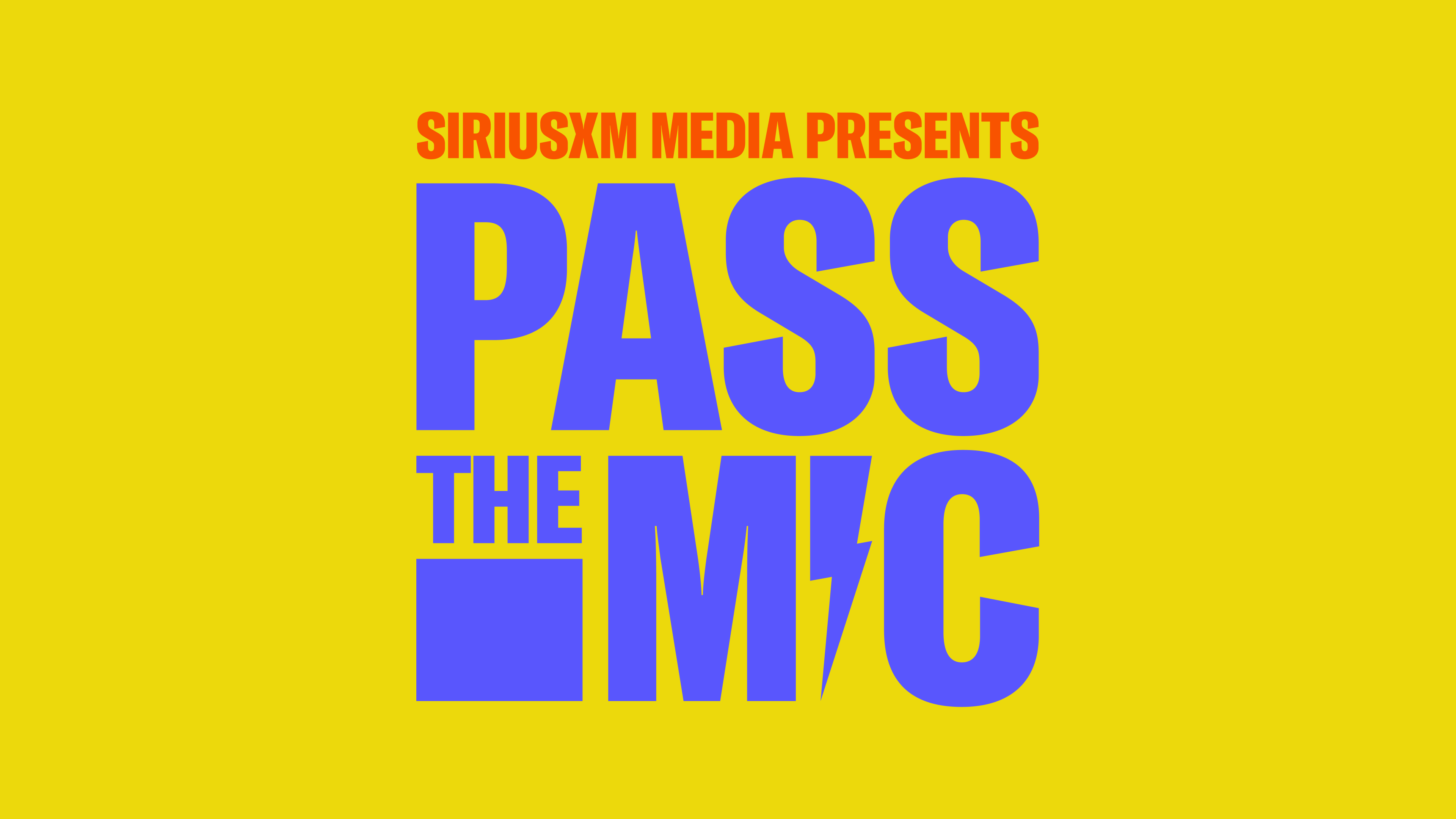
Key Takeaways from The State of the Sonic Union
Nov 14, 2019The State of the Sonic Union is Strong!
Pandora gathered political advertising leaders at the SiriusXM Washington, DC studios to kick off the road to 2020. The event was illuminated with red, white, and blue as leaders from Studio Resonate, Pandora’s in-house, audio-first creative consultancy, shared their insights into the world of audio as viewed through the lens of political advertising.
The science of sound has the power to shape perception and behavior, especially when it comes to political communications. Steve Keller, Sonic Strategy Director, outlined the science behind these strategies.
Humans are wired for sound. We reflexively respond to what we hear 20 to 100 times faster than we do to what we see. Our brains react chemically to sound, releasing powerful neurotransmitters and hormones like dopamine, oxytocin, and cortisol, which can impact candidate and issue perception. Understanding the crossmodal relationship between sound and our other senses allows us to sonically hijack our perception of taste, sight, touch, and smell.
Sound is a key driver of political communication. Many politicians have used the latest audio technology of the era to facilitate their rise to power. Politician and social theorist Jacques Attali went so far as to suggest that “…the world is not for beholding. It is for hearing. It is not legible, but audible.”
The Power of Voice. Poor voice recordings don’t just affect the intelligibility of the messenger—they actually result in a negative impact on appeal and favorability of the speaker. Rhyme and alliteration have a positive effect on recall while candidates with names that are easy to pronounce (euphonious) and familiar are judged as more likeable than candidates with unfamiliar or difficult names. Candidates with these “less than euphonious” names do well when they create messaging designed to overcome this bias (e.g., Pete Buttigieg, who pushes “Mayor Pete” as his more common moniker, or uses humor to help people know how to pronounce his name phonetically). Republicans tend to like their candidates to have lower-pitched voices. While pitch doesn’t matter as much to Democrats, both Republicans and Democrats tend to prefer female candidates with lower-pitched voices.
The Power of Music. Political “playlists” have been a component of politics for centuries, playing a role in protests, propaganda, and resistance movements. Music can be used to unify a crowd—synchronous singing and movement produces oxytocin and has been shown to result in prosocial behavior. Music not only communicates emotions, but can be used to shape the meaning and semiotics of a narrative. Research into the use of music in the 2016 Trump and Clinton campaigns demonstrated how music can be used strategically to communicate values and define a “political brand.” The Trump campaign used music to build a brand personality driven by emotion, while the Clinton campaign used music to add value to the rational content of the message.
From "Sound Science" to "Sound Art"
Moving from “sound science” to “sound art,” Roger Gehrmann, Group Creative Director for Studio Resonate, followed with practical examples of creative best practices and best-in-class political ads, giving the audience a set of tools to bring their sonic strategy to life.
Keep it simple. Fewer words are more memorable and can have a larger impact on voters. Be clear on your position, what you stand for, and have a clear call to action.
Make a true connection. Use a genuine voice versus an “announcer voice.” Having an authentic conversation with the listener creates a 1:1 experience, allowing them to lean in.
Theater of the mind. Utilize sound design to create a context that provides listeners an immersive experience within an ad. Sonic cues like the sounds of nature, home, family, or a rally allows listeners to “see” the ad, and improves both attention and recall.
Cater your sonic environment. Consider how (e.g., the device they’re using) and where (e.g., at home, in the car, at work) the audience is listening. If your ad is targeting listeners on a connected device in their homes, such as political donations on Alexa, set the scene and tailor your message to match.
Ready to create your audio strategy? Making a meaningful connection is key to securing voter loyalty and audio is the perfect solution to get your message across. Reach out to Pandora and let us help you win in 2020.
Related Insights
 Digital Audio
Digital AudioQ & A: The Power of Audio for Retail Media Network Campaigns
Apr 24, 2024 DE&I
DE&I"Be brave and figure it out," Ritu Trivedi from Mindshare
Apr 24, 2024 Digital Audio
Digital AudioDigital Audio Makes Sports Campaigns A Slam Dunk
Apr 23, 2024 Digital Audio
Digital Audio7 Takeaways and Opportunities from the Infinite Dial Report
Apr 23, 2024



